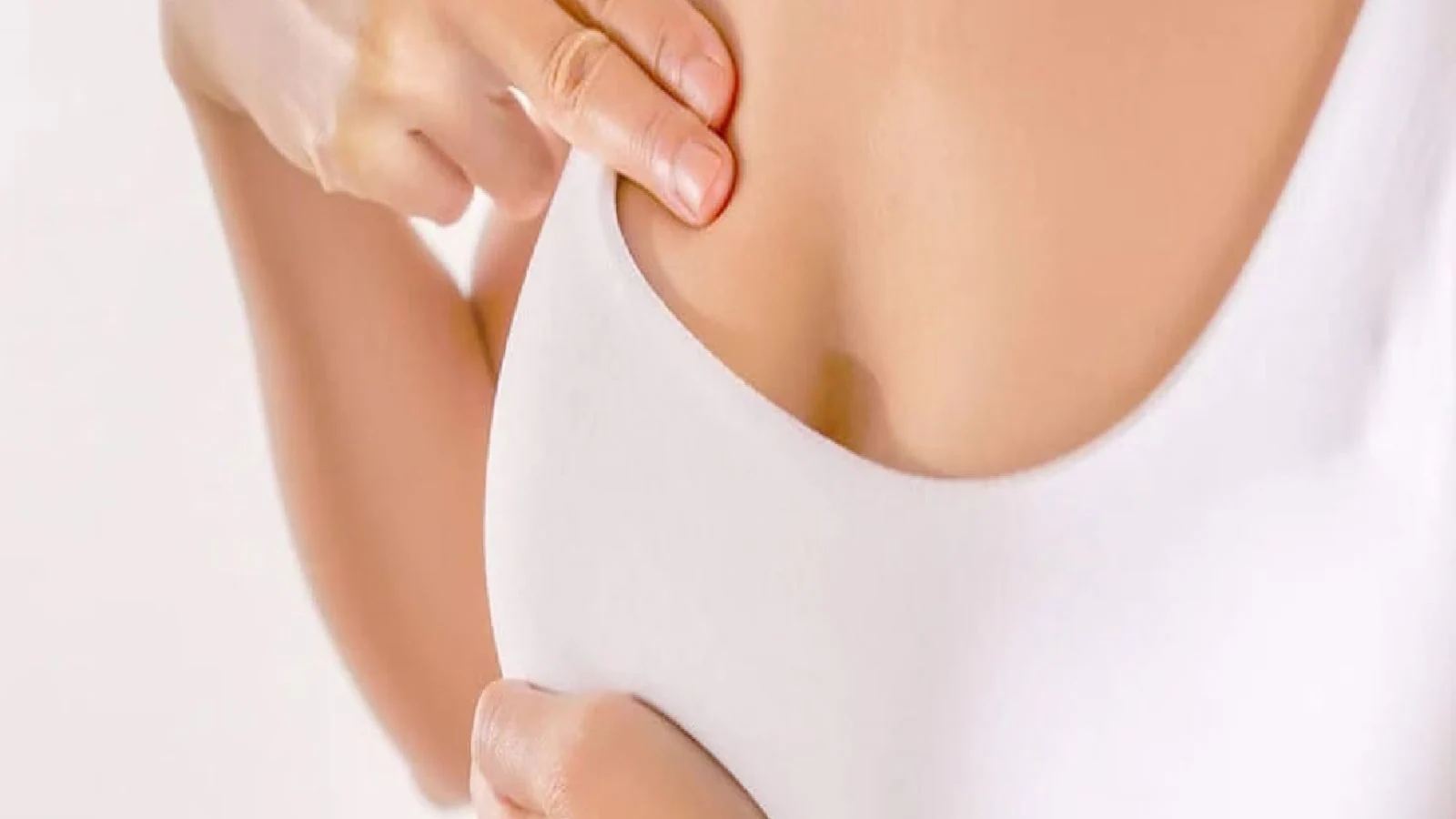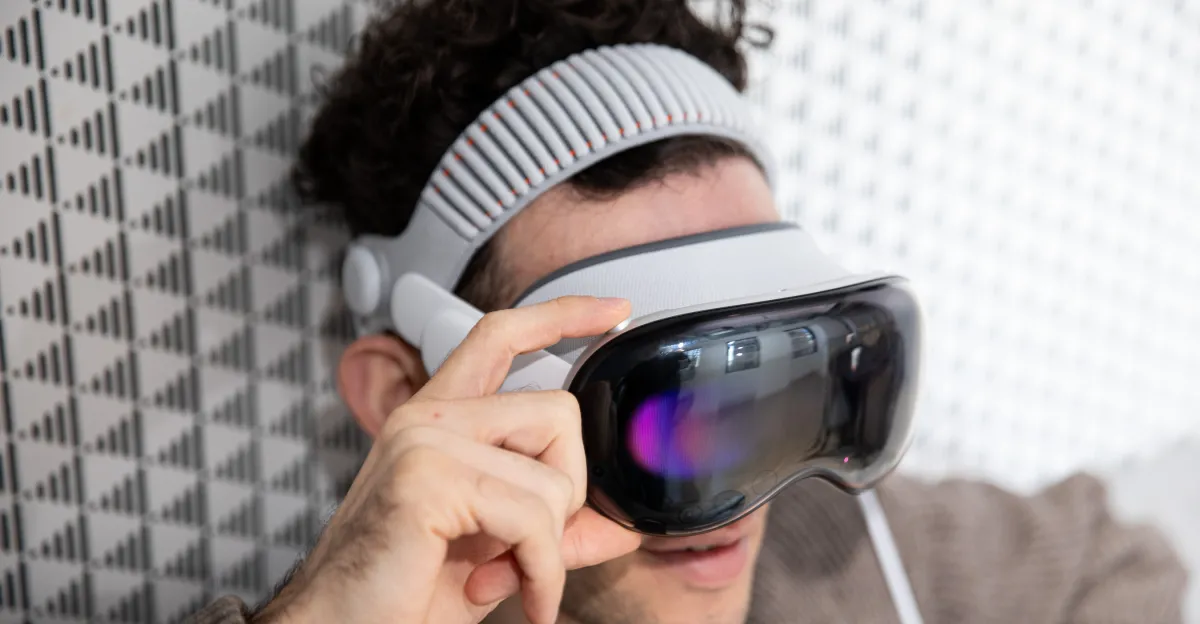Copyright news18

When discussions about teenage health arise, they usually centre on puberty and periods. However, one equally vital area often overlooked is breast health. Just as understanding the menstrual cycle is key to reproductive education, learning about breast development, awareness, and preventive habits from an early age lays the foundation for lifelong wellness. Early education about breast health not only promotes confidence and body literacy but also encourages proactive detection and prevention of diseases, including breast cancer. Dr Rashmi Sudhir, Adj Professor & Sr Consultant Radiologist, Breast & Intervention specialist, Apollo Cancer Centre, Hyderabad shares all you need to know: Understanding Normal Breast Development Breast development generally begins between 8 and 13 years of age, with the formation of a small bump or “breast bud” beneath the nipple as the first sign. This area may feel tender, and development can be uneven, with one breast sometimes growing earlier than the other. The areola (the area around the nipple) may also enlarge and darken. Menarche (the first menstrual period) typically follows about two to three years after breast development starts, and breasts continue to mature until the late teens or early twenties. If breast changes appear before age 8, it may signal precocious (early) puberty, while the absence of breast development by age 13 may suggest delayed puberty. In either case, consulting doctor or an endocrinologist is advisable to assess if any intervention is needed. Building Self-Awareness and Healthy Habits Encouraging teenagers to be “breast aware” means helping them recognize normal developmental changes and notice if something seems unusual. Gentle self-examination using their flat palms, not as a diagnostic test but as an exercise in awareness helps establish a lifelong habit of familiarity with one’s own body. While breast cancer is rare in adolescents, these early lessons foster confidence and vigilance that carry into adulthood. Healthy lifestyle choices also play a long-term role. Maintaining an optimal body weight, staying physically active, and eating a balanced diet rich in fruits, vegetables, and whole grains support breast health. Avoiding smoking, excessive processed food, and alcohol use is equally important, as such exposures can have subtle but lasting impacts on breast tissue. As the saying goes, “Prevention begins decades before disease does.” Debunking Myths and Reducing Fear Teenagers often experience anxiety over breast changes, especially when they feel lumps or notice asymmetry. It is important to convey that most breast lumps in teenagers are benign, such as fibroadenomas or cysts, and are often associated with temporary tenderness or pain rather than cancer. These benign changes can be accurately assessed by ultrasound of the breast, a safe imaging method that distinguishes solid fibroadenomas from fluid-filled cysts or abscesses without exposing the patient to radiation. Providing adolescents with clear, factual information about such conditions replaces fear with understanding and empowers them to seek professional medical advice timely for any unusual or persistent changes without stigma or embarrassment. Bringing Breast Health into Schools and Homes Schools offer an ideal setting to incorporate breast health awareness into existing health and life skills programs. Age-appropriate sessions can teach students about normal growth, self-awareness, healthy habits, and when to consult a doctor. Such inclusion can significantly enhance adolescent health literacy and normalize discussions around breast health as part of overall well-being. Parents and caregivers play a complementary role by reinforcing these lessons at home, answering questions empathetically, and creating an environment of openness and trust. Collaboration among doctors, teachers, and parents ensures that information shared is scientifically sound, culturally appropriate, and supportive. Beginning the Conversation Early Breast health education must extend well beyond lessons on menstruation. It should encompass understanding development, recognizing normal variations, dispelling myths, and encouraging preventive care. Starting conversations about breast health in the teenage years helps young individuals grow into adults who can confidently interpret their body’s signals and act early if something seems amiss. In conclusion, breast health does not begin at 40 with a mammogram, it begins in adolescence, with awareness, education, and the courage to have open conversations.



